Car Anxiety in Dogs: What It Is and How to Help Them
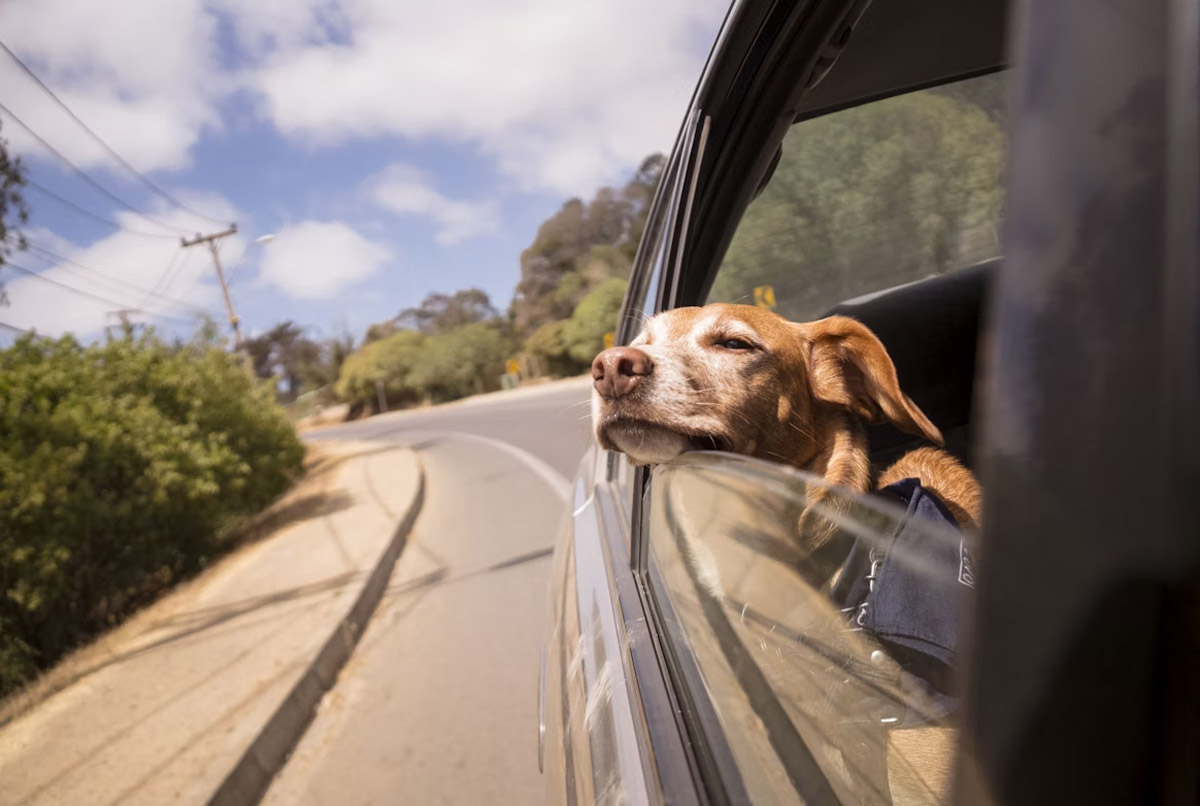
Source: Unsplash
For many pet owners, taking their furry companions for a ride in the car is a joyful experience. However, for some dogs, the mere thought of a car journey can evoke feelings of fear and anxiety.
Car anxiety in dogs is a common issue that can arise due to various reasons, but understanding its causes and implementing strategies to alleviate it can significantly improve both the dog’s and the owner’s well-being.
Understanding Car Anxiety in Dogs
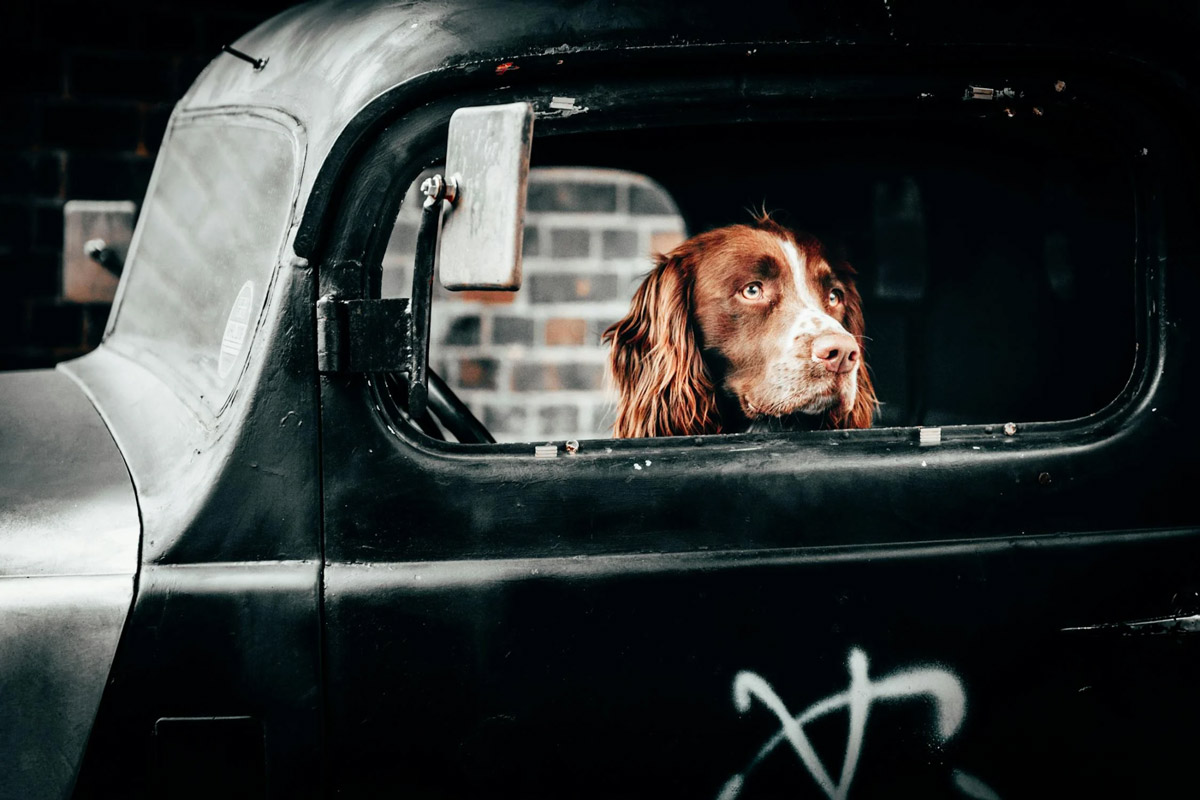
Source: Pexels
Car anxiety, also known as travel anxiety, refers to the distress and discomfort experienced by some dogs during car rides.
It can manifest in various ways, such as:
- Resisting entry to the car
- Panting or drooling
- Vocalising (e.g. barking, whining, or whimpering)
- Diarrhea
- Vomiting
While some dogs may exhibit mild signs of anxiety, others may experience severe distress, making car travel a daunting prospect for both the pet and the owner.
Take note that car anxiety and motion sickness are not always interchangeable. We recommend consulting a veterinarian to help figure out if your dog is struggling with car anxiety, motion sickness, or both.
Several Factors Contribute to the Development of Car Anxiety in Dogs:
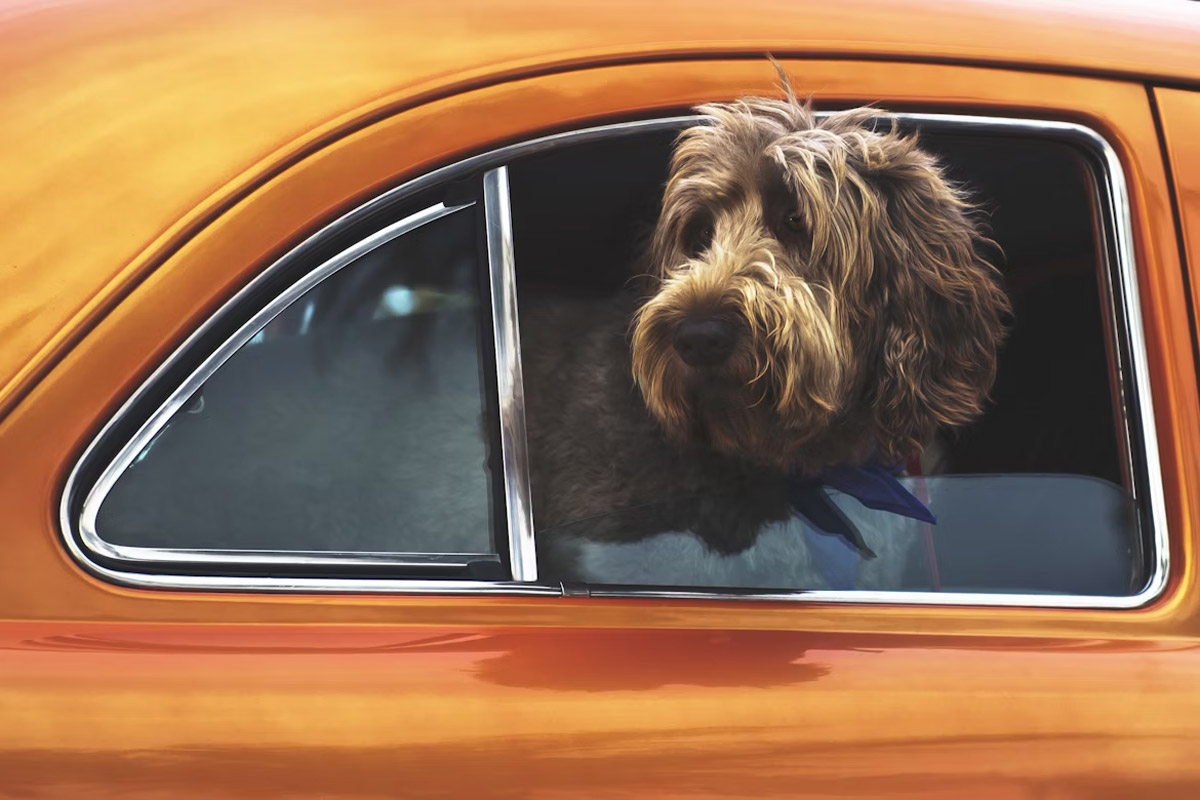
Source: Unsplash
- Negative Associations: Dogs may associate car rides with negative experiences, such as visits to the veterinarian or previous instances of motion sickness.
- Lack of Exposure: Puppies who haven’t been properly acclimated to car rides during their critical socialisation period may develop anxiety towards unfamiliar stimuli, including the motion and sounds of a moving vehicle.
- Motion Sensitivity: Just like humans, some dogs are more sensitive to motion than others. The sensation of movement in a car can trigger discomfort and anxiety in these animals.
- Fear of the Unknown: Dogs are creatures of habit and may feel anxious when confronted with unfamiliar environments or situations, such as being confined in a moving vehicle.
Addressing Car Anxiety in Dogs
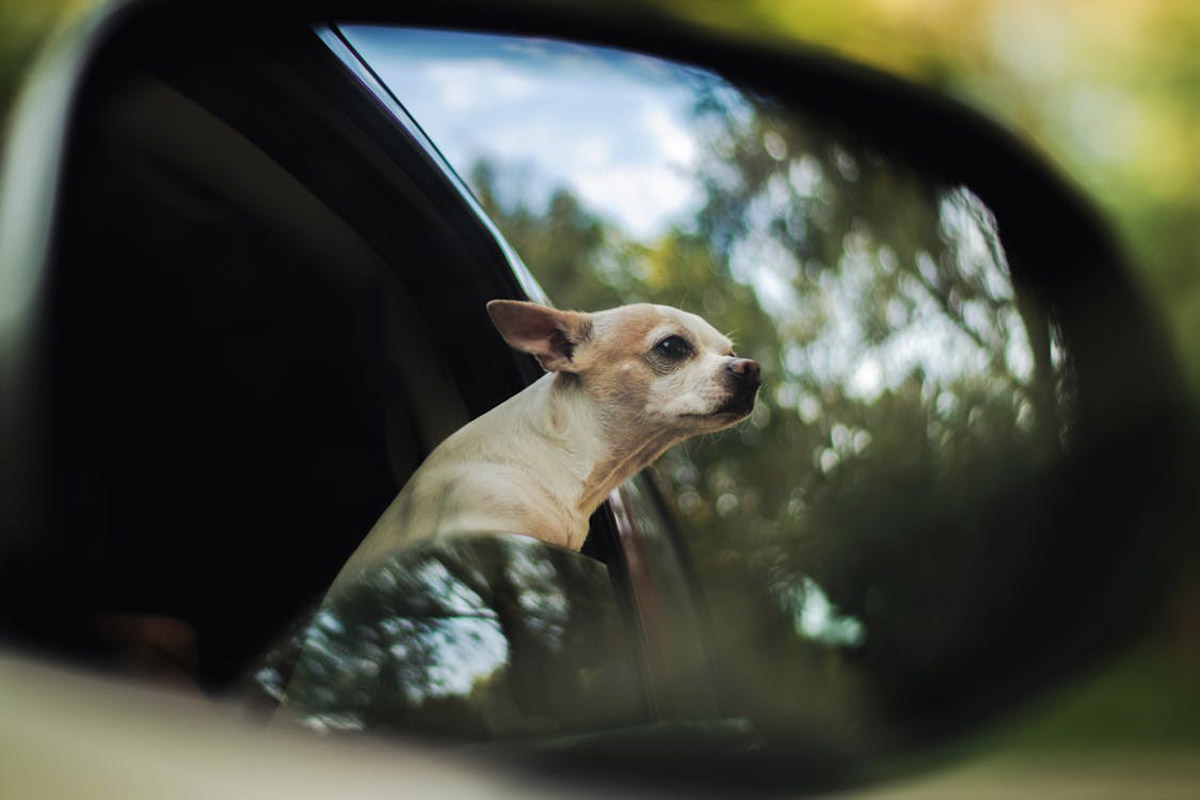
Source: Pexels
Fortunately, there are several strategies that pet owners can employ to help their furry friends overcome car anxiety and make travelling a more pleasant experience for everyone involved:
- Gradual Desensitisation
Introduce the dog to the car gradually, starting with short sessions of sitting in the stationary vehicle with treats and praise. As time passes, you can take short rides with your dog, increasing the duration and intensity of the journey as they become more comfortable. - Positive Reinforcement
Associate car rides with positive experiences by offering rewards, such as treats, toys, or verbal praise. By rewarding calm behaviour and gradually reducing anxiety triggers, you can create a positive association with the car in your dog’s mind. - Comfort and Familiarity
Make the car environment as comfortable and familiar as possible for the dog. Try using familiar bedding or blankets, playing soothing music, and using calming pheromone sprays or diffusers to create a relaxing environment. - Exercise and Mental Stimulation
Ensure that the dog gets plenty of exercise and mental stimulation before car rides to help reduce anxiety and excess energy. If your dog is tired out, they’re more likely to remain calm during travel. - Counterconditioning
Counteract the dog’s negative associations with car rides by pairing the experience with something enjoyable, such as a favourite toy or a special treat. Ultimately, you can retrain your dog’s mind to associate the car with enjoyment rather than anxiety. - Professional Help
In severe cases of car anxiety, seek the assistance of a professional dog trainer or behaviourist who can develop a tailored behaviour modification plan to address the underlying issues contributing to the anxiety. - Medication
In some instances, medication prescribed by a veterinarian may be necessary to manage severe anxiety during car rides. However, medication should always be used as a last resort and under the guidance of a qualified veterinary professional.
Help Your Dog Handle Car Anxiety
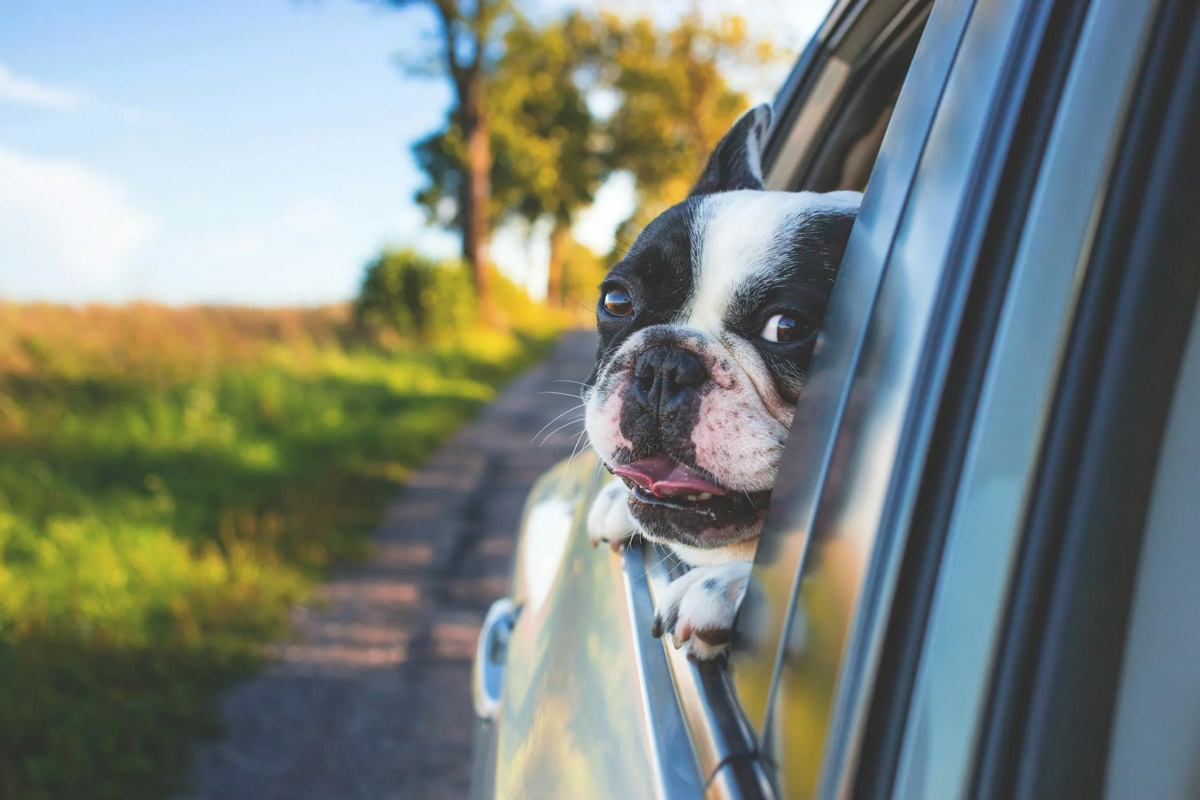
Source: Pexels
Car anxiety in dogs can be a distressing experience for both the pet and the owner, but it’s essential to address the underlying causes and implement strategies to help alleviate the dog’s distress. By understanding the factors contributing to car anxiety and employing techniques such as gradual desensitisation, positive reinforcement, and creating a comfortable environment, pet owners can help their furry friends feel more at ease during car rides. With patience, consistency, and love, it’s possible to transform car travel from a source of anxiety into a pleasant and enjoyable experience for dogs and their human companions alike.
Don’t miss out on our cat event and pet expo in Singapore! Join us for a fun-filled day with exciting contests and enriching workshops.







